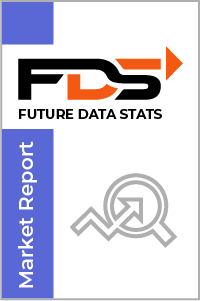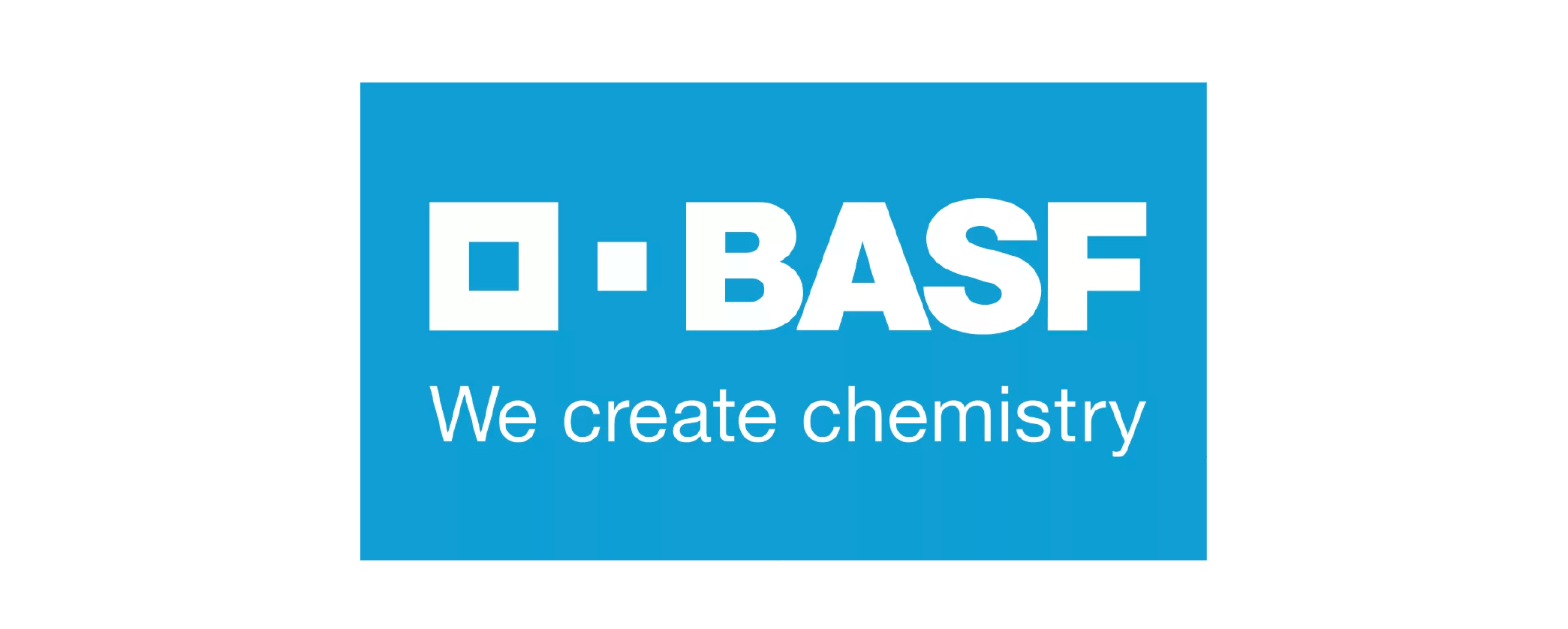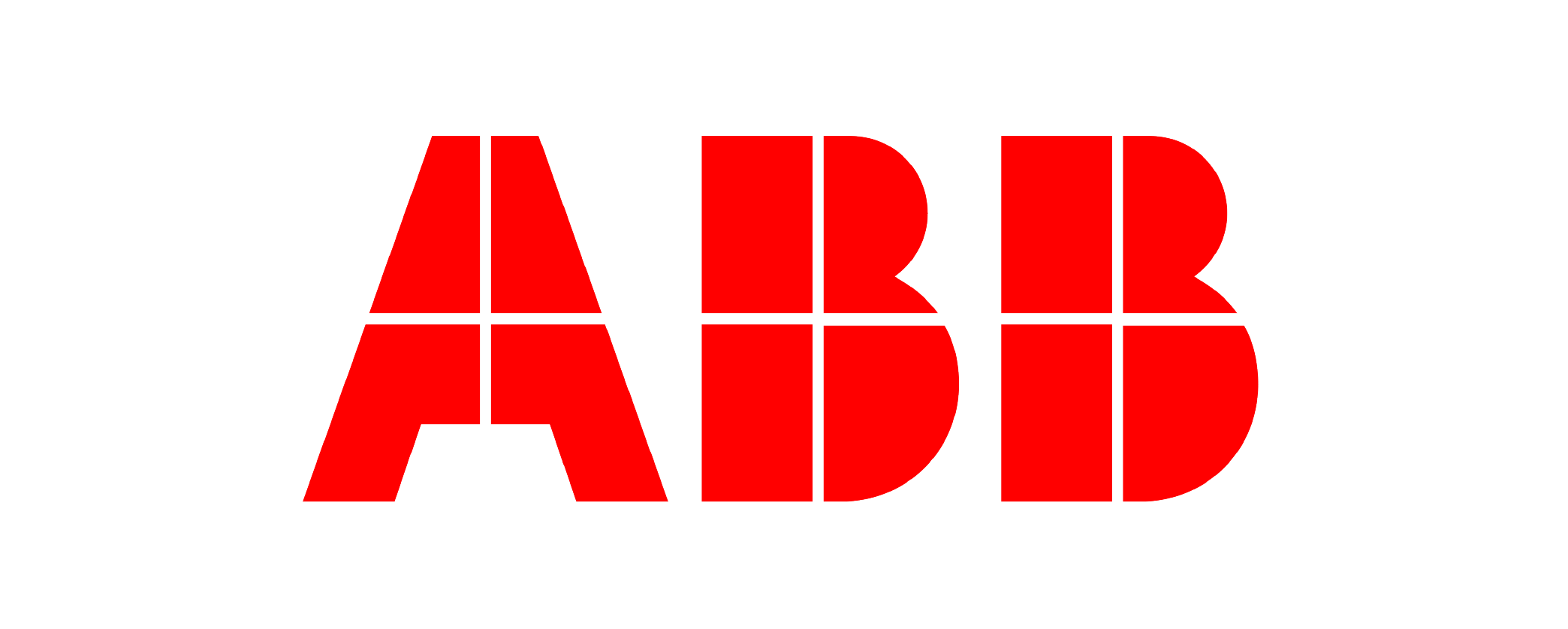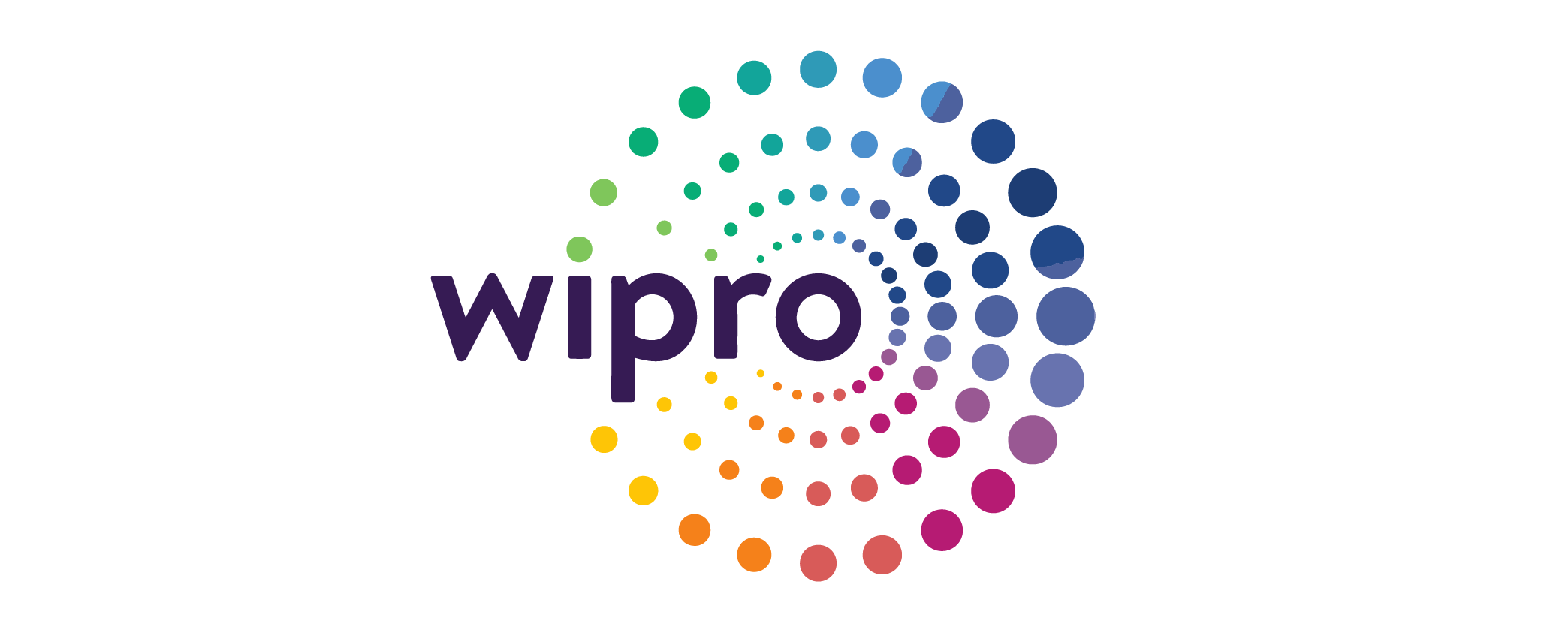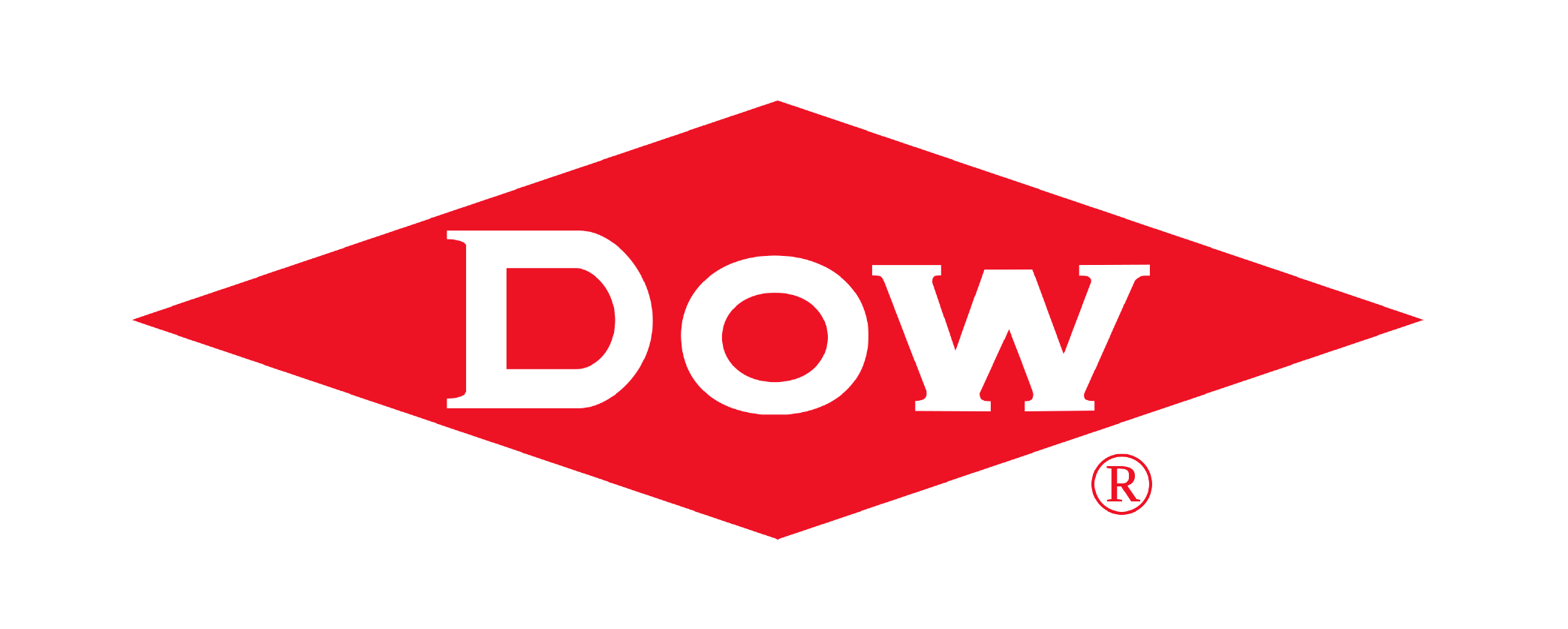The global Precision Agriculture Software Market size was valued at USD 12.56 billion in 2023 and is projected to expand at a compound annual growth rate (CAGR) of 13.9% during the forecast period, reaching a value of USD 23.79 billion by 2030.
Precision Agriculture Software Market research report by Future Data Stats, offers a comprehensive view of the market's historical data from 2018 to 2021, capturing trends, growth patterns, and key drivers. It establishes 2022 as the base year, analyzing the market landscape, consumer behavior, competition, and regulations. Additionally, the report presents a well-researched forecast period from 2023 to 2030, leveraging data analysis techniques to project the market's growth trajectory, emerging opportunities, and anticipated challenges.
MARKET OVERVIEW:
Precision Agriculture Software refers to advanced digital tools designed to enhance the efficiency and effectiveness of modern farming practices. By leveraging cutting-edge technologies such as satellite imaging, GPS, and IoT devices, these software solutions enable farmers to gather detailed insights about their fields and crops. Through data-driven analysis, farmers can make informed decisions regarding irrigation, fertilization, pest control, and resource allocation. This results in optimized productivity, minimized resource wastage, and improved sustainability. Precision Agriculture Software serves as a pivotal innovation in the agricultural sector, facilitating precision farming techniques that maximize yields while minimizing the environmental impact.
Incorporating a range of functionalities such as yield monitoring, field mapping, and real-time weather tracking, Precision Agriculture Software empowers farmers with the tools to closely monitor crop health, analyze growth patterns, and respond proactively to potential issues. By promoting data-driven decision-making, these software solutions play a crucial role in the ongoing transformation of traditional farming into a tech-savvy, data-intensive industry.
MARKET DYNAMICS:
The Precision Agriculture Software market is driven by a convergence of factors that are reshaping modern farming practices. The increasing global demand for food production, coupled with the need for resource efficiency, acts as a significant driver. Precision Agriculture Software empowers farmers to optimize the use of water, fertilizers, and pesticides, contributing to higher yields and reduced environmental impact. Additionally, the integration of advanced technologies like IoT, satellite imaging, and data analytics opens doors for personalized crop management, attracting tech-savvy farmers who seek innovative solutions to enhance their productivity.
However, the adoption of Precision Agriculture Software is not without its challenges. The initial investment required for technology implementation, along with the need for training and integration, can pose as barriers, particularly for small-scale farmers. Moreover, concerns about data privacy and security are valid, given the sensitive nature of farming data. Despite these constraints, the market presents substantial opportunities. As technology continues to advance and costs decrease, broader adoption becomes feasible. Moreover, governments and organizations' increasing emphasis on sustainable farming practices provides a favorable environment for the growth of Precision Agriculture Software. The market is primed for innovation, creating openings for startups and established companies to develop solutions that bridge gaps, address concerns, and usher in a new era of precision-driven agriculture.
PRECISION AGRICULTURE SOFTWARE MARKET SEGMENTAL ANALYSIS
BY TYPE:
Web-Based software stands out as a pivotal factor in the market's evolution, providing farmers with easy access to data and insights through web browsers. This accessibility enhances convenience, enabling users to monitor their fields and crops remotely, fostering real-time decision-making. On the other hand, Cloud-Based solutions are another driving force, offering scalability and flexibility by leveraging cloud infrastructure. This empowers farmers with the ability to store and analyze large volumes of data, facilitating advanced analytics and predictive modeling. Meanwhile, On-Premises software retains its significance, catering to those who prefer localized control over their data and operations. It remains a crucial choice for users who prioritize data security and have the infrastructure to manage software on their premises.
BY APPLICATION:
Yield Monitoring emerges as a dominant factor, allowing farmers to gather granular data on crop performance. This application empowers them to make informed decisions by analyzing yield patterns, thereby optimizing resource allocation and boosting overall productivity. Additionally, Field Mapping proves instrumental in enhancing precision farming practices. By creating accurate field maps, farmers can strategically plan planting and harvesting, thereby minimizing resource wastage and maximizing crop yields.
Crop Scouting, another influential application, enables farmers to identify and address crop health issues promptly. With real-time data on pest infestations or diseases, they can take timely action, preventing potential losses. Weather Tracking harnesses the power of data to offer farmers reliable forecasts, facilitating risk management and ensuring that critical decisions are aligned with weather conditions. Variable Rate Technology (VRT) is gaining momentum as well, allowing for customized resource application based on specific field variations. Soil Management and Crop Health Monitoring applications contribute to sustainable farming practices by providing insights into soil quality and early detection of potential crop diseases. These applications synergistically combine to offer comprehensive Farm Management solutions, fostering efficiency across various operations. Furthermore, Livestock Monitoring is emerging as a crucial application, enabling farmers to track and manage the well-being of their animals effectively.
BY END-USER:
Farmers represent a dominant factor in this market, as they directly benefit from the technological advancements offered by precision agriculture software. By accessing real-time data and insights, farmers can make informed decisions to optimize their crop yields and resource utilization, resulting in improved profitability and sustainability. Agricultural Cooperatives also play a significant role, as they often manage larger areas of land and can leverage precision agriculture software to streamline their operations, promote collaboration among members, and achieve economies of scale.
Research Institutions are another prominent factor, contributing to the advancement of precision agriculture through their exploration of new technologies and methodologies. These institutions drive innovation by conducting studies, developing algorithms, and validating the effectiveness of various software solutions. Agribusiness Companies further shape the market, catering to the needs of farmers and cooperatives by providing tailored software solutions and services. Their involvement amplifies the adoption of precision agriculture practices, ensuring that users have access to the latest technologies and expertise to drive improved outcomes.
BY FUNCTIONALITY:
Data Collection and Analysis stand as pivotal factors, underpinning the entire precision agriculture ecosystem. These functionalities enable farmers to gather a wealth of data from various sources, including sensors, satellites, and drones. Through advanced analytics, this data is transformed into actionable insights, allowing farmers to make well-informed decisions regarding crop health, resource allocation, and overall farm management. Decision Support functionalities complement this process, empowering farmers with intelligent recommendations and predictions based on collected data. This aids in optimizing farming strategies and mitigating risks, further enhancing agricultural productivity and sustainability.
Automation and Control functionalities are equally significant, contributing to the modernization of farming practices. By integrating precision agriculture software with automated machinery and equipment, farmers can streamline various processes, such as planting, irrigation, and harvesting. This results in increased operational efficiency and reduced manual labor, making farming practices more scalable and cost-effective. Additionally, automation fosters precise application of resources like fertilizers and pesticides, minimizing wastage and environmental impact.
REGIONAL ANALYSIS:
North America emerges as a dominant region, characterized by its early adoption of precision agriculture practices. The well-established agricultural sector in the United States and Canada provides a conducive environment for technology integration. Europe follows suit with its progressive approach towards sustainable farming practices. The continent's diverse agricultural landscape and support for research and innovation drive the implementation of precision agriculture software. In the Asia Pacific, the market's growth is fueled by the region's vast population and the need to optimize food production. Developing countries within this region are embracing precision agriculture to enhance yields and address food security challenges. Latin America's rich agricultural heritage aligns with the market's growth, with countries like Brazil and Argentina being significant players in adopting precision agriculture technologies. Lastly, the Middle East and Africa are undergoing a transformative shift in agriculture, driven by the need to address water scarcity and environmental challenges.
COVID-19 IMPACT:
As global supply chains faced disruptions and movement restrictions were implemented, the agricultural sector turned to technology, including precision agriculture software, to maintain operations. The pandemic accelerated the adoption of digital tools for remote monitoring, decision-making, and resource optimization. Farmers sought to ensure continuity in crop production while adhering to social distancing measures, leading to an increased demand for solutions that enabled remote management and data-driven insights. This unforeseen challenge highlighted the significance of precision agriculture software in promoting resilience and sustainability within the agricultural industry.
INDUSTRY ANALYSIS:
Mergers & Acquisitions
- In February 2023, Climate FieldView acquired Conservis, a provider of precision agriculture software.
- In March 2023, Raven Industries acquired Ag Leader Technology, a provider of precision agriculture equipment and software.
- In April 2023, Trimble Navigation acquired Agjunction, a provider of precision agriculture software and services.
Product Launches
- In January 2023, Climate FieldView launched its new Field Manager app, which allows farmers to manage their precision agriculture data from their mobile devices.
- In February 2023, Raven Industries launched its new Envizion Vision camera system, which provides farmers with high-resolution imagery of their fields.
- In March 2023, Trimble Navigation launched its new AgOne platform, which integrates data from a variety of precision agriculture sources.
KEY MARKET PLAYERS:
- Trimble Inc.
- Deere & Company
- AGCO Corporation
- CNH Industrial N.V.
- Raven Industries, Inc.
- Topcon Positioning Systems, Inc.
- AgJunction Inc.
- SST Software
- Ag Leader Technology
- The Climate Corporation (Bayer)
- Farmers Edge Inc.
- Granular, Inc.
- Iteris, Inc.
- Hexagon AB
- Kubota Corporation
- Lindsay Corporation
- PrecisionHawk Inc.
- TeeJet Technologies
- Trimble Navigation Limited
- AgriSight, Inc.
- CropX Technologies Ltd.
- Taranis
- Yara International ASA
- FieldX Inc.
- Sentera LLC
- others
Table of Contents
-
Introduction
- Overview of Precision Agriculture Software
- Importance and Benefits
-
Market Overview
- Current Landscape and Trends
- Market Size and Growth Prospects
- Key Players and Competition
-
Market Segmentation
- By Type
- By Application
- By Farm Size
- By Region
- By End-User
- By Functionality
- By Integration
- By Adoption Stage
-
Technology Landscape
- Data Collection and Sensors
- Satellite Imaging and GIS
- IoT and Automation
-
Key Features of Precision Agriculture Software
- Yield Monitoring and Analysis
- Field Mapping and GPS
- Crop Scouting and Monitoring
- Weather Tracking and Forecasting
- Variable Rate Technology (VRT)
- Soil Health Management
- Crop Health Monitoring
- Livestock Tracking and Management
- Farm Operations Management
-
Benefits and Challenges
- Increased Productivity
- Resource Optimization
- Sustainability and Environmental Impact
- Data Privacy and Security
-
Adoption Factors
- Technological Advancements
- Cost-Benefit Analysis
- Regulatory Landscape
-
Regional Analysis
- North America
- Europe
- Asia-Pacific
- Latin America
- Middle East and Africa
-
Competitive Landscape
- Company Profiles
- SWOT Analysis of Key Players
- Recent Developments and Partnerships
-
Future Outlook
- Emerging Technologies
- Market Predictions and Growth Opportunities
-
Conclusion
- Summary of Key Findings
- Implications for the Agricultural Industry
-
Appendices
- Glossary of Terms
- List of Abbreviations
-
References
- Sources Cited in the Report
Precision Agriculture Software Market Segmentation
By Type:
- Web-Based
- Cloud-Based
- On-Premises
By Application:
- Yield Monitoring
- Field Mapping
- Crop Scouting
- Weather Tracking
- Variable Rate Technology (VRT)
- Soil Management
- Crop Health Monitoring
- Farm Management
- Livestock Monitoring
By End-User:
- Farmers
- Agricultural Cooperatives
- Research Institutions
- Agribusiness Companies
By Functionality:
- Data Collection and Analysis
- Decision Support
- Automation and Control
By Geography:
- North America (USA, Canada, Mexico)
- Europe (Germany, UK, France, Russia, Italy, Rest of Europe)
- Asia-Pacific (China, Japan, South Korea, India, Southeast Asia, Rest of Asia-Pacific)
- South America (Brazil, Argentina, Columbia, Rest of South America)
- Middle East and Africa (Saudi Arabia, UAE, Egypt, Nigeria, South Africa, Rest of MEA)
Key Reasons to Buy this Report
- Comprehensive Insights: Market research reports provide in-depth and comprehensive insights into various industries, markets, and sectors. These reports are prepared after extensive data collection, analysis, and interpretation, offering you valuable information and a clear understanding of market trends, dynamics, and opportunities.
- Future Predictions: Market research reports often include future data statistics, forecasts, and predictions. These predictions are based on rigorous analysis and modeling techniques, taking into account various factors such as market growth drivers, challenges, and emerging trends. By accessing these future data stats, you can make informed decisions and develop strategies that align with the projected market scenarios.
- Industry Analysis: Market research reports offer detailed industry analysis, including factors such as market size, market share, competitive landscape, and key players. These reports provide an overview of the industry's current status, growth potential, and competitive dynamics, enabling you to identify lucrative opportunities and stay ahead of the competition.
- Market Trends and Opportunities: By purchasing market research reports, you gain access to up-to-date information on market trends and emerging opportunities. These reports highlight the latest consumer preferences, technological advancements, regulatory changes, and other influential factors shaping the market landscape. Keeping track of these trends helps you identify potential growth areas and adapt your business strategies accordingly.
- Risk Mitigation: Investing in a market research report can help mitigate risks associated with market uncertainties. The reports provide insights into potential risks, challenges, and barriers to entry in specific markets or industries. With this knowledge, you can develop risk mitigation strategies, anticipate market fluctuations, and make informed decisions to minimize potential losses.
- Investment Decision Support: Market research reports are valuable tools for investors, venture capitalists, and financial institutions. These reports provide reliable and data-driven information that aids in investment decision-making processes. By analyzing market research reports, investors can evaluate the market potential, assess the feasibility of investment opportunities, and gauge the expected returns on investment.
- Product Development and Innovation: Market research reports offer insights into consumer preferences, needs, and demands. This information can be leveraged for product development and innovation. By understanding the market dynamics and consumer behavior, you can tailor your products or services to meet the evolving needs of your target audience, leading to enhanced customer satisfaction and market success.
- Strategic Planning: Market research reports serve as a foundation for strategic planning. They provide a comprehensive overview of the market landscape, competitive positioning, and growth potential. With this knowledge, you can develop effective business strategies, set realistic goals, and allocate resources efficiently. Strategic planning based on accurate market research helps optimize your operations and improve your chances of success.
- Market Entry and Expansion: For businesses looking to enter new markets or expand their existing operations, market research reports are indispensable. These reports provide insights into market dynamics, consumer behavior, regulatory frameworks, and competitive landscapes specific to the target markets. This information helps you assess the feasibility of market entry, identify potential obstacles, and develop market entry strategies that increase your chances of success.
- Evidence-Based Decision Making: Market research reports provide evidence-based data and analysis, enabling you to make informed decisions. Rather than relying on assumptions or guesswork, you can base your decisions on reliable information and market insights. Evidence-based decision making reduces the risk of costly mistakes and increases the likelihood of achieving your business objectives.
RESEARCH METHODOLOGY
With a collective industry experience of about 70 years of analysts and experts, Future Data Stats encompasses the most infallible research methodology for its market intelligence and industry analysis. Not only does the company dig deep into the innermost levels of the market, but also examines the minutest details for its market estimates and forecasts.
This approach helps build a greater market-specific view of size, shape, and industry trends within each industry segment. Various industry trends and real-time developments are factored into identifying key growth factors and the future course of the market. The research proceeds are the results of high-quality data, expert views & analysis, and valuable independent opinions. The research process is designed to deliver a balanced view of the global markets and allows stakeholders to make informed decisions, to attain their highest growth objectives.
Future Data Stats offers its clients exhaustive research and analysis, based on a wide variety of factual inputs, which largely include interviews with industry participants, reliable statistics, and regional intelligence. The in-house industry experts play an instrumental role in designing analytic tools and models, tailored to the requirements of a particular industry segment. These analytical tools and models distill the data & statistics and enhance the accuracy of our recommendations and advice.
With Future Data Stats calibrated research process and 360° data-evaluation methodology, the clients receive:
- Consistent, valuable, robust, and actionable data & analysis that can easily be referenced for strategic business planning
- Technologically sophisticated and reliable insights through a well-audited and veracious research methodology
- Sovereign research proceeds that present a tangible depiction of the marketplace
With this strong methodology, Future Data Stats ensures that its research and analysis is most reliable and guarantees sound business planning.
The research methodology of the global market involves extensive primary and secondary research. Primary research includes about 24 hours of interviews and discussions with a wide range of stakeholders that include upstream and downstream participants. Primary research typically is a bulk of our research efforts, coherently supported by extensive secondary research. Over 3000 product literature, industry releases, annual reports, and other such documents of key industry participants have been reviewed to obtain a better market understanding and gain enhanced competitive intelligence. In addition, authentic industry journals, trade associations’ releases, and government websites have also been reviewed to generate high-value industry insights.
Primary Research:
|
Primary Research
|
Desk Research
|
Company Analysis
|
|
• Identify key opinion leaders • Questionnaire design • In-depth Interviews • Coverage across the value chain
|
• Company Website • Company Annual Reports • Paid Databases • Financial Reports
|
• Market Participants • Key Strengths • Product Portfolio • Mapping as per Value Chain • Key focus segment
|
Primary research efforts include reaching out to participants through emails, telephonic conversations, referrals, and professional corporate relations with various companies that make way for greater flexibility in reaching out to industry participants and commentators for interviews and discussions.
The aforementioned helps to:
- Validate and improve data quality and strengthen the research proceeds
- Develop a market understanding and expertise
- Supply authentic information about the market size, share, growth, and forecasts
The primary research interview and discussion panels comprise experienced industry personnel.
These participants include, but are not limited to:
- Chief executives and VPs of leading corporations specific to an industry
- Product and sales managers or country heads; channel partners & top-level distributors; banking, investments, and valuation experts
- Key opinion leaders (KOLs)
Secondary Research:
A broad array of industry sources for the secondary research typically includes, but is not limited to:
- Company SEC filings, annual reports, company websites, broker & financial reports, and investor presentations for a competitive scenario and shape of the industry
- Patent and regulatory databases to understand technical & legal developments
- Scientific and technical writings for product information and related preemptions
- Regional government and statistical databases for macro analysis
- Authentic news articles, web-casts, and other related releases to evaluate the market
- Internal and external proprietary databases, key market indicators, and relevant press releases for market estimates and forecasts
|
PRIMARY SOURCES |
DATA SOURCES |
|
• Top executives of end-use industries • C-level executives of the leading Parenteral Nutrition companies • Sales manager and regional sales manager of the Parenteral Nutrition companies • Industry Consultants • Distributors/Suppliers
|
• Annual Reports • Presentations • Company Websites • Press Releases • News Articles • Government Agencies’ Publications • Industry Publications • Paid Databases
|
Analyst Tools and Models:
|
BOTTOM-UP APPROACH |
TOP-DOWN APPROACH |
|
· Arriving at · Arriving at · Market Share · Key Market Players |
· Key Market Players · Market Share · Arriving at · Arriving at |
Precision Agriculture Software Market Dynamic Factors
Drivers:
- Growing global population and increasing food demand
- Need for resource optimization and sustainable farming practices
- Technological advancements in IoT, AI, and remote sensing
- Government initiatives promoting precision agriculture adoption
- Rising awareness of environmental concerns in agriculture
- Enhanced crop monitoring and yield prediction capabilities
- Increasing availability of high-resolution satellite imagery
Restraints:
- Initial investment costs and implementation challenges
- Limited technology awareness among small-scale farmers
- Data privacy and security concerns
- Connectivity issues in rural and remote areas
- Lack of standardized data formats and interoperability
- Complexity of integrating multiple data sources and systems
- Regulatory hurdles related to data sharing and ownership
Opportunities:
- Expansion of precision agriculture in emerging markets
- Integration of blockchain technology for data security
- Development of AI-powered predictive analytics
- Collaboration between agtech companies and traditional agriculture players
- Customization of software solutions for specific crop types and regions
- Adoption of precision agriculture in livestock management
- Leveraging big data analytics for more accurate insights
Challenges:
- Educating farmers about the benefits and usage of precision agriculture software
- Adapting to rapidly evolving technology trends
- Balancing affordability and functionality for diverse user groups
- Managing and analyzing vast amounts of data effectively
- Addressing interoperability issues between different software platforms
- Overcoming resistance to change in traditional farming practices
- Navigating complex regulatory environments across regions
Frequently Asked Questions
